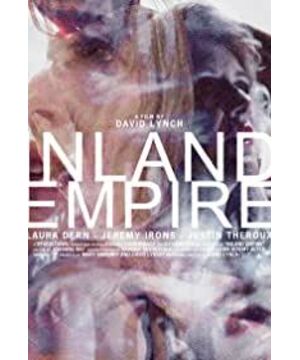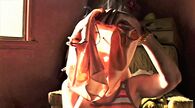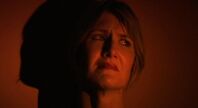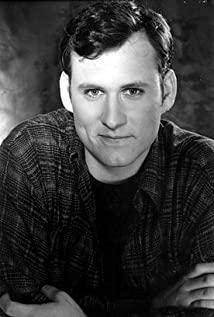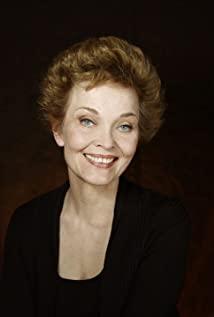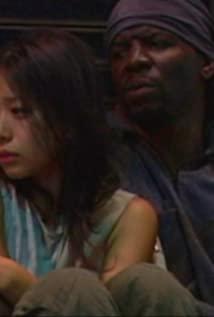In general, the film can be divided into three levels, first, the story of Polish women's adultery; second, the sitcom of the human rabbit head man and the story of adultery between men and women; third, the intersection of the first two levels , that is, I have you, and you have me. As a character like an adulterous woman, the characters in the two levels have common behaviors and psychology. In the end, the two adulterous women in the film are integrated into one, completing the three levels. perfect combination. In addition, the second level can be further divided into two sub-levels of reality and film, which are similar to the dream in the dream in "Inception", and we will further analyze this sub-level later.
This film is full of hints and metaphors in the heart. To understand this film, one cannot narrowly understand the characters in the film as a specific character in the play. Efforts will only make you futile, and the more rational the more chaotic, because actors represent a kind of people. So what are the main types of people in the film:
1. Adulterous women: Polish women, Niki, Su, etc.;
2. Adulterous women’s husbands: some are played by the same person, and some are not. As for why you should analyze it yourself;
3. Adultery Men: Billy, Devin, etc., who live with adulterous women;
4. Roles used for psychological metaphors: such as prostitutes, adulterous women feel like prostitutes after remorse; conflicts and bloodshed between adulterous women and their husbands In the scene, under the question of "who is she?" by the big-headed woman who reached out to the camera, it is not difficult to see that these are all hints to the inner emotions of characters such as adulterous women, and they are afraid of such things happening in their hearts. body.
The main content of this film is to describe the psychological change process of a woman after adultery, which is an absolute center, and you will find that all levels of the film and the storyline are developed around this center. The other details in the film are all used for psychological suggestion, that is, the psychological fear and regret are specified as the picture of the film. Through onion-peeling analysis, it is not difficult to see that the storyline of each layer is very simple, all revolving around the incident of adultery, and the reason why we feel complicated is because the director expresses it through a series of metaphorical lenses The intertwined emotions and intricate psychology of adultery women's desire, regret, fear, pain, etc., are inherently difficult to understand, let alone the inner world interpreted by the camera.
For the whole film, we can get the main line of the development of the story, that is, after a Polish woman commits adultery to a man, she faces the TV set, because of her inner fear, remorse, and self-blame, when watching TV shows, grass and trees are almost like soldiers. All the plots were related to adultery, which caused a series of huge fluctuations in the psychology. Finally, the husband and children came back. She hugged them and cried, and she fell down. I don’t know if it was regret or fear, or she felt lucky when she woke up. Tears, this is the outermost main line of the film. We see all the processes in between as figurative shots of the TV show and the emotional upheaval of Polish women.
Of course, it is not unreasonable for some people to attribute everything to the imagination of Polish women, but I think the above understanding will make it easier for us to see the essence and logical structure of the film.
There are also many details carefully designed by the director in the film. Based on the above analysis, I believe we will have a deeper understanding of these details. In addition, different people have different understandings of the development of the story and different feelings about the details. While we seek common ground while reserving differences, we are also impressed by the director's directing ability. David lynch's genius is not only to make the film so bizarre and unpredictable, but also his ability to detect human psychology, and the ability to express people's inner fear, pain, struggle, regret and other emotions on camera is even more Breathtaking. From "Mulholland Drive" to "Inland Empire" (and others, of course), the human psyche is so delicately translated into film footage and understandable that no one but David lynch deserves credit for these works. It is the pinnacle of analysis of human psychology.
View more about Inland Empire reviews


